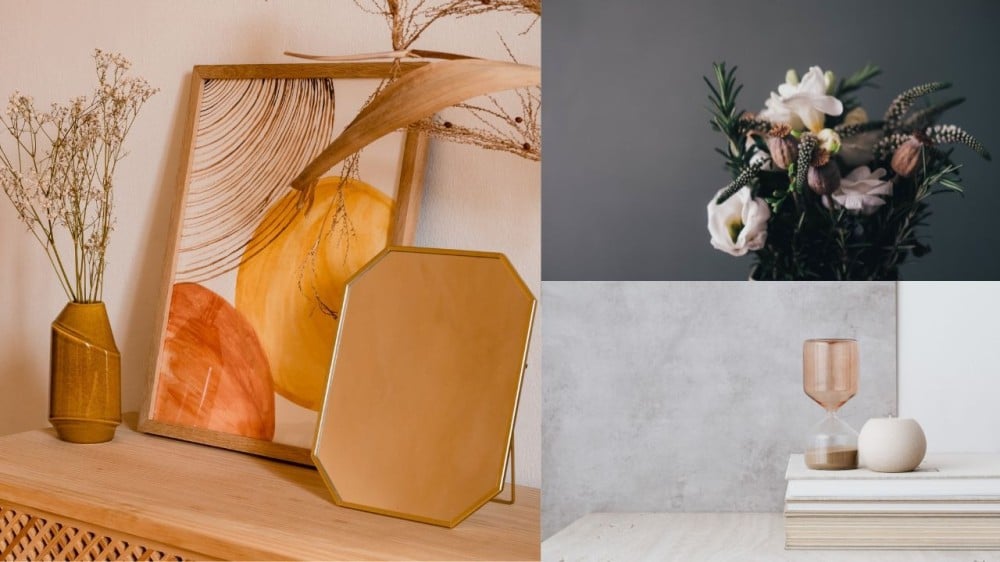
Decorative colors are considered one of the most important factors in imparting warmth and good mood to the family's psyche. The colors of the home's interior design affect the general mood and energy levels, in addition to being a direct reflection of personality and preferences.
It can be said that the psyche is greatly affected by colors, as they stimulate creativity, productivity, and learning, and the difference in colors inside the home creates different effects, such as: calm and serenity, or even causing anxiety and tension.
Given that the family spends a lot of time at home, it is necessary to take into account the psychology of colors in the rooms and decor. This is to ensure that the home is a comfortable and familiar space for family members.
This article provides comprehensive information about the effect of decorative colors on the family’s psychology.
The psychological importance of decorative colors in interior design
Certainly, choosing the colors of the many rooms of the house, from the kitchen to the dining room, living rooms, and bedroom, in addition to the furniture, takes a lot of thought, as there are many factors that must be taken into consideration before making a color decision in the house.
The psychological factor related to color is one of the most important things that must be paid attention to. Although people’s tastes differ in preferring one color over another, some colors are known to reflect a specific psychological feeling. Some colors reflect a feeling of comfort and reassurance when looking at them, while others impart a feeling of energy and vitality.
Here are the most famous colors and their psychological effects:
- Red color
Red is considered one of the most radiant colors and often indicates emotion. The color red significantly raises the level of vitality, can increase the heart and blood rate, and also attracts attention, as this color can immediately draw attention to a specific item.
Therefore, red can be used to give rooms an attractive and stimulating look. In addition, red color is known to increase appetite and is therefore widely used in kitchens.
- the yellow color
Yellow represents daylight and gives a feeling of happiness and inspiration, but although most shades of yellow have a positive effect on the psyche, pale shades give a feeling of illness. Therefore, it is best to use yellow in its bright shades, making sure to use it in moderation, as it tends to evoke uncontrollable emotions.
- Pink Color
Pink is one of the soothing decor colors. It gives a feeling of comfort and warmth, which makes it a good choice for bedrooms. Light pink works admirably in the bathroom. Because it can subtly reflect skin tones, the brighter shades of pink such as purple and fuchsia help highlight the different styles of furniture in front of it.
- the colour blue
It is known that the color blue is considered comfortable and calm, as it lowers blood pressure and helps calm breathing and pulse. It is often suggested for rooms and bathrooms, and therefore it is a desirable color for hospitals, and for relaxation in family rooms, halls, or huge kitchens, but although it is one of The most common color is not one of the colors that helps stimulate the appetite and is not recommended for kitchens, as some weight loss systems suggest eating food on a blue plate.
- green color
Green is considered one of the most important colors in interior design, as green is seen as the most soothing shade for the eye. It is the color of nature, and nature in the human psyche is often associated with freshness, peace and confidence. Therefore, it can be said that green is suitable for any room in the house thanks to... Its soothing and refreshing effect at the same time.
The effect of decorative colors on children's psychology
The effect of colors on children's psychology can be seen more clearly, as children are considered more sensitive to colors. For this reason, it is very important to choose the right colors for children's rooms and their decor.
Using red in the room or decor for an anxious or active child may make him more tense and stimulate excessive activity in the active child. In addition, this can also affect their educational success negatively. It is most appropriate to use blue, green and purple in the rooms and belongings of active and restless children.
It can be said that colors are the tool most used by children to express their feelings and thoughts. Although children's preferences show general commonalities based on age group, their color choices can vary based on their mood and the way they express themselves and their feelings. Here the importance of the colors of children's room decoration and its great impact on their psychology is highlighted.
3 tips to consider when choosing decorative colors in home interior design
Color preferences and their uses within the home space vary from one person to another, but it is necessary to take the effects of colors on the psychology of family members into consideration, and try to use colors that stimulate creativity and enhance feelings of comfort and reassurance. The following tips can be followed to facilitate the process of choosing colors:
- It is best to study each room while thinking about how long the family will spend in it, and at what times of the day, taking into account the activities that will take place in that room, and the atmosphere desired to be created in it through colors.
- It should be noted whether the sun enters the room and at what time of the day, whether in the morning, afternoon, or throughout the day, or whether sunlight does not enter it at all, and this depends on the location of the room.
- The space of the room must be taken into consideration, and accordingly, lighter or darker colors are used, as bright colors give a feeling of a larger space, and dark or warm colors make the room appear smaller.
In conclusion, it can be said that decorative colors are very important in influencing the family’s psychology in general, and making the home a place that is in harmony with the feelings and personalities of its residents.

